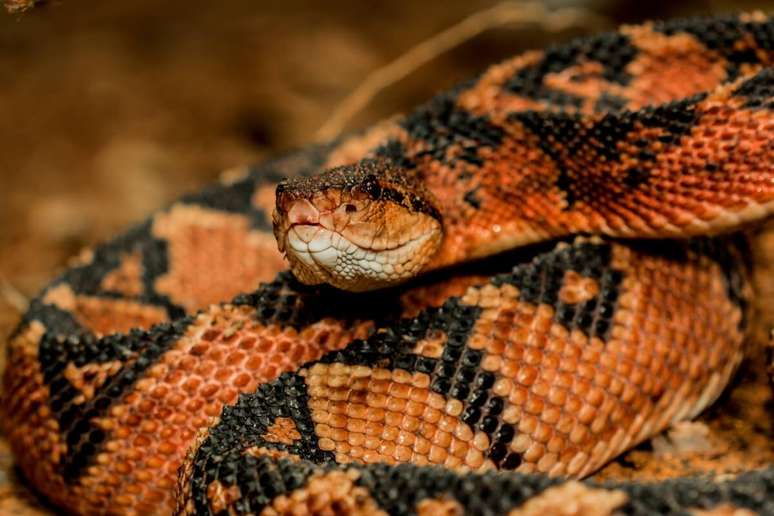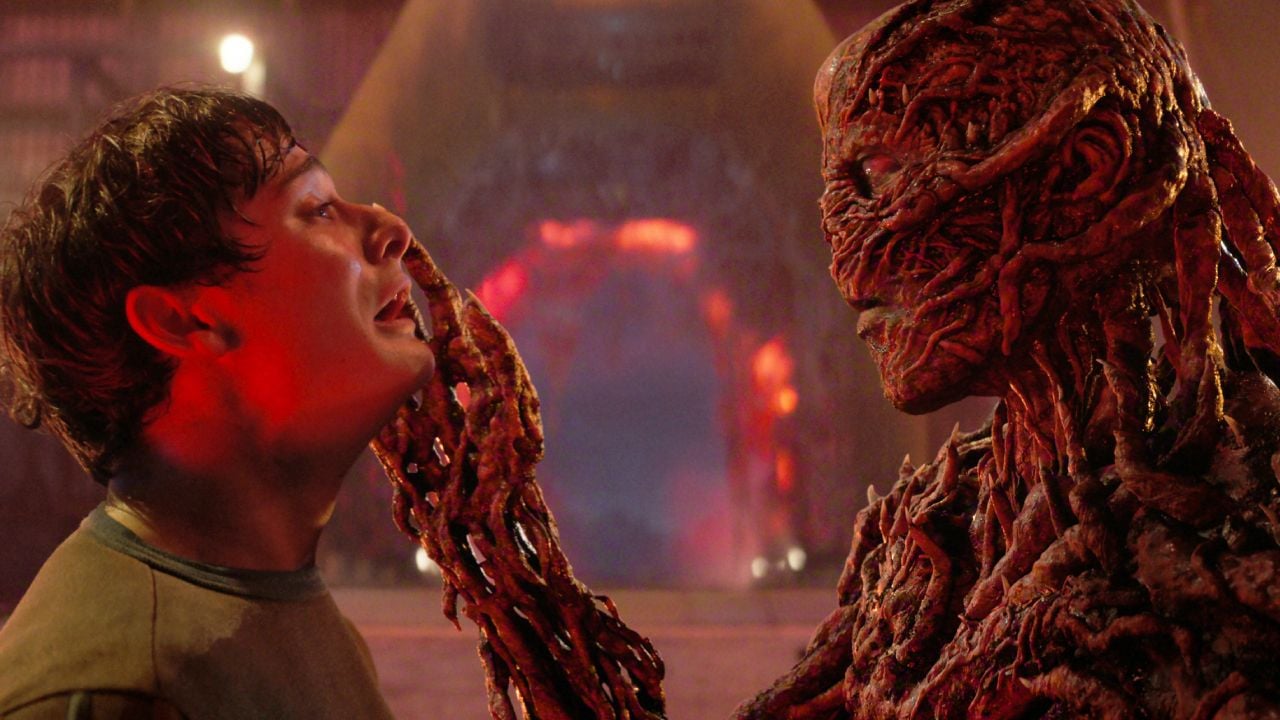Discover the characteristics, origins and behaviors of the most dangerous snakes in the world
Snakes are fascinating reptiles that populate diverse ecosystems around the world. With more than 3,000 known species, they play an essential role in environmental balance, controlling populations of rodents and other small animals.
In this diversity, some stand out for their powerful venom, used both to capture prey and to defend themselves. This modified saliva is rich in toxins that can cause different effects, from paralysis to tissue necrosis.
Next, learn about some species of venomous snakes!
1. King Cobra (Ophiophagus hannah)
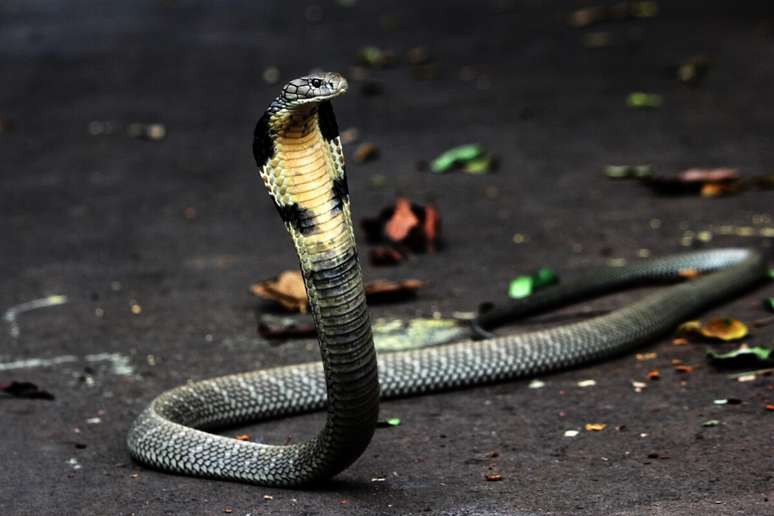
The king cobra is native to the tropical forests of India, Southeast Asia and Indonesia. It is the largest venomous snake in the world, reaching 5.5 meters in length. Its color varies from olive green to brown, with light transverse bands.
It feeds almost exclusively on other things snakes, including venomous species, hence the name “snake eater”. Although it is shy and avoids fights, its neurotoxic venom is extremely potent and causes respiratory and heart failure in humans if untreated.
2. Black mamba (Dendroaspis polylepis)
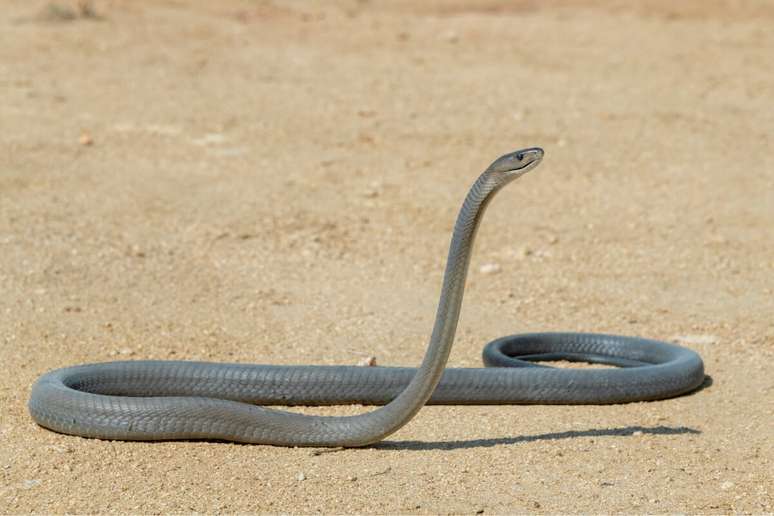
The black mamba is found in the savannah and open forest regions of sub-Saharan Africa. Despite its name, its color varies from gray to olive brown. The word “black” refers to the dark inside of the mouth. It can reach 4.5 meters in length and is extremely fast, reaching 20 km/h. Its neurotoxic venom can cause paralysis and death within hours if the victim is not treated. When threatened it can be aggressive, but normally avoids human contact.
3. Inland Taipan (Oxyuranus microlepidotus)
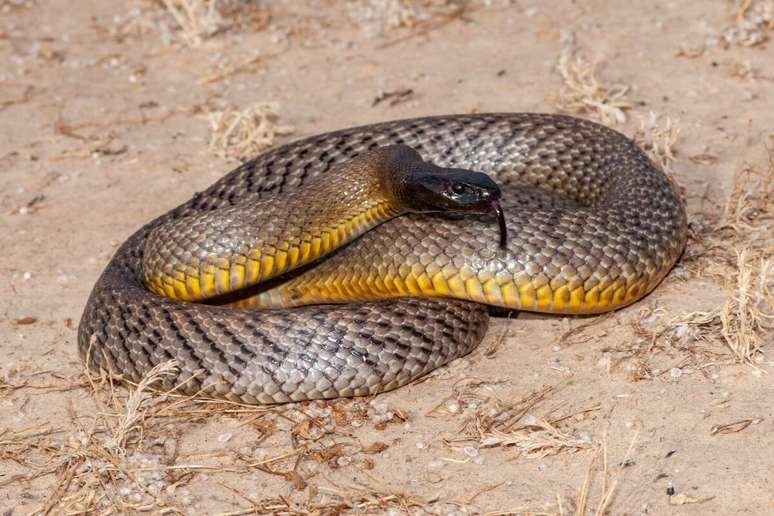
This species is found in arid and remote areas of Australia. It is considered the most venomous land snake in the world, with venom that can kill a human in less than an hour. Despite this, it is a shy and solitary snake, rarely seen by humans.
Its color varies from light brown to dark brown, depending on the season, which helps with camouflage. It feeds on small ones mammals and uses its neurotoxic and hemotoxic venom to quickly immobilize prey.
4. Rattlesnake (Crotalus spp.)

Rattlesnakes inhabit the Americas, from the arid regions of Canada to the forests of South America. They are recognized by the rattle on their tail, used as a warning to predators. They have diamond patterns on their skin, which vary between shades of brown and gray. Its venom is haemotoxic and causes tissue destruction, bleeding and clotting problems. They are animals that avoid confrontations, but bite when they feel threatened.
5. Jararaca (Bothrops jararaca)
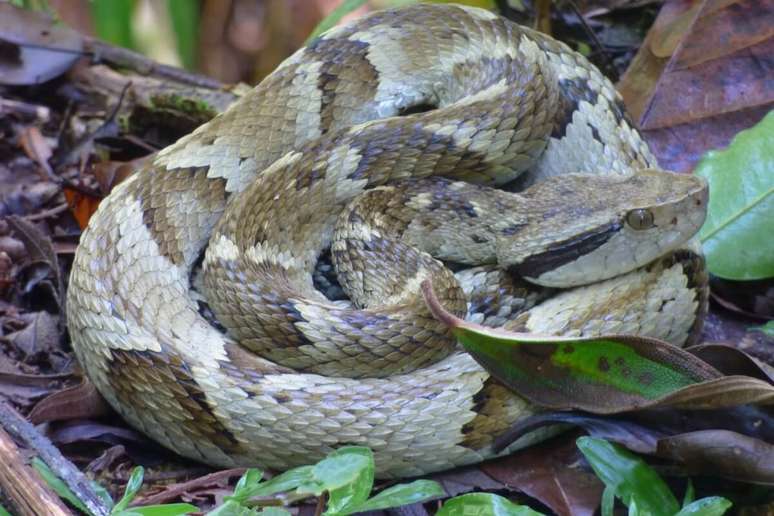
The jararaca is one of the most common snakes in Brazil, inhabiting areas of the Atlantic Forest and rural regions. It measures up to 1.2 meters and is brown in color with “V” shaped spots along the body. It’s poison, a mixture of… toxins proteolytic and coagulant, it causes intense pain, swelling and necrosis. It feeds on small rodents and birds, being important for pest control.
6. Jack-billed Surucucu (Lachesis muta)
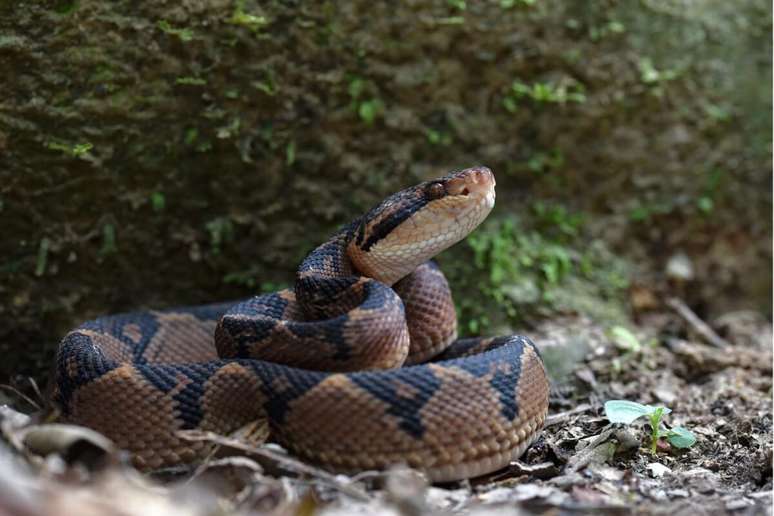
Also called surucucu, it is the largest viper in the Americas, measuring up to 3.5 meters. It is found in the tropical forests of South America, especially in the Amazon. Its skin has diamond patterns. Its haemotoxic venom can cause pain, swelling and severe bleeding. Despite its size and potent venom, it is nocturnal and avoids human contact.
7. True coral snake (Micrurus spp.)
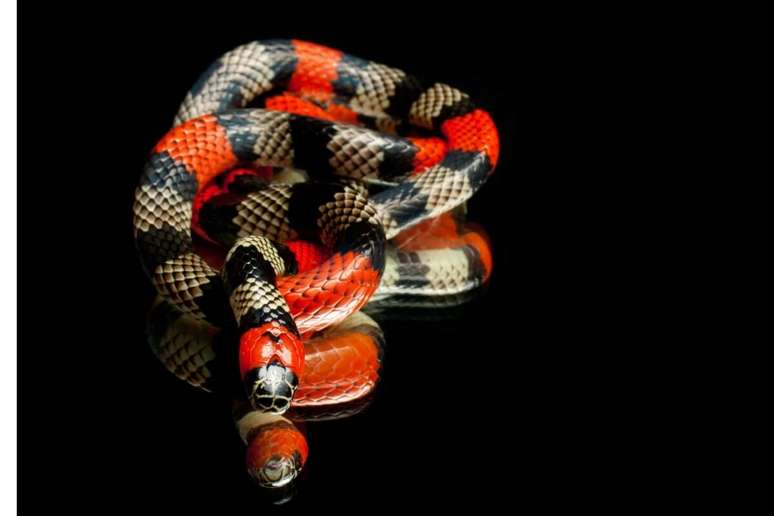
True corals inhabit the Americas and are easily identified by their red, black and yellow rings. I am little snakes, they generally measure up to 1 meter and have a very solitary behavior. Its neurotoxic venom is dangerous and can cause respiratory failure. Despite this, they are less likely to attack humans due to their timid nature.
8. Naja (Naja spp.)
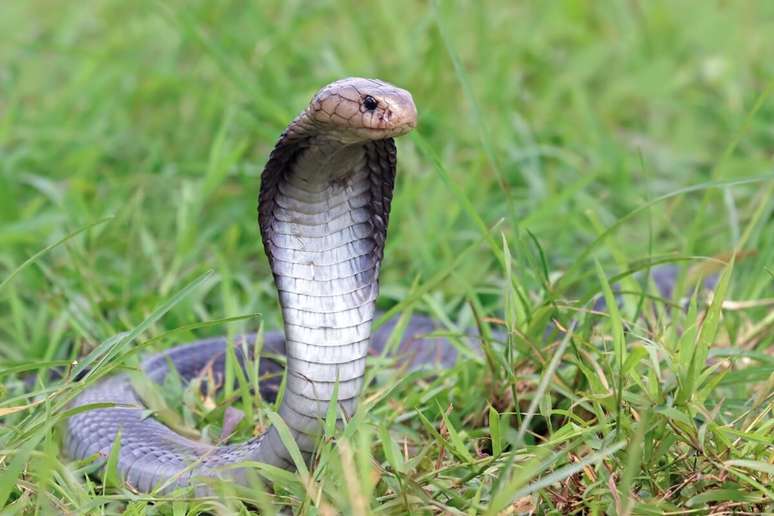
Cobras are native to Africa and Asia and are famous for their ability to open their hood (expanded neck skin) when threatened. There are several species, with colors ranging from black to light brown. Some are capable of spitting venom aiming at the attacker’s eyes. Its neurotoxic venom can cause paralysis and death if the victim is left untreated. Although they are dangerous, they prefer to avoid confrontation.
9. Russell’s viper (Daboia russelii)
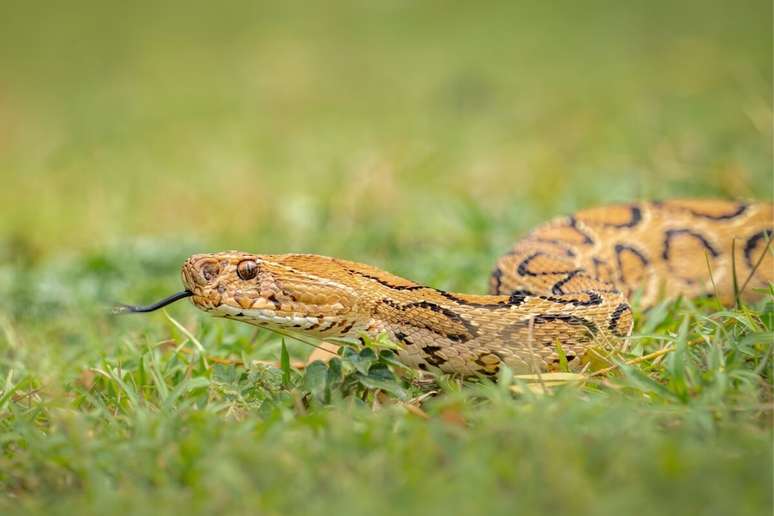
This species is found in India and Southeast Asia. Brown in color with oval spots, the Russell’s viper is responsible for numerous snake bites in Asia. It feeds rodents and small animals. Its haemotoxic venom causes severe pain, necrosis and renal failure. It is considered one of the most dangerous snakes due to its proximity to urban areas.
10. Common Krait (Bungarus caeruleus)
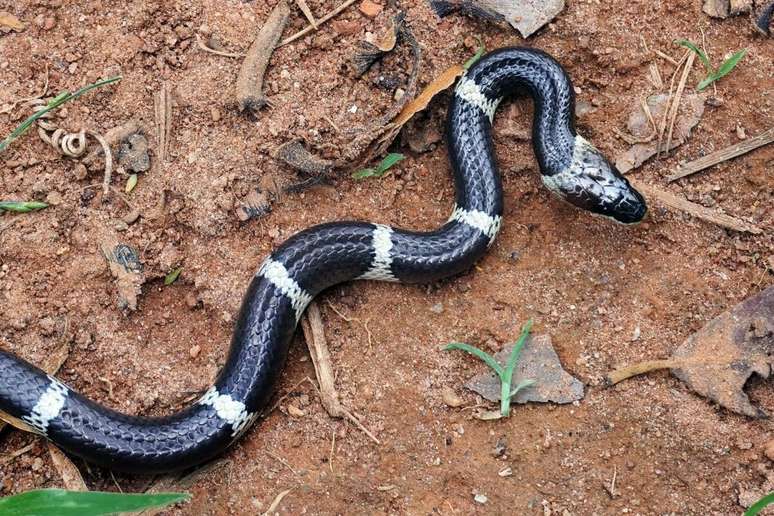
The common krait snake inhabits the Indian subcontinent and is recognized by its black color with transverse white bands. It is nocturnal and has solitary habits, hunting mainly other snakes and small mammals. Its neurotoxic venom is extremely potent and causes muscular and respiratory paralysis.
Source: Terra
Rose James is a Gossipify movie and series reviewer known for her in-depth analysis and unique perspective on the latest releases. With a background in film studies, she provides engaging and informative reviews, and keeps readers up to date with industry trends and emerging talents.

